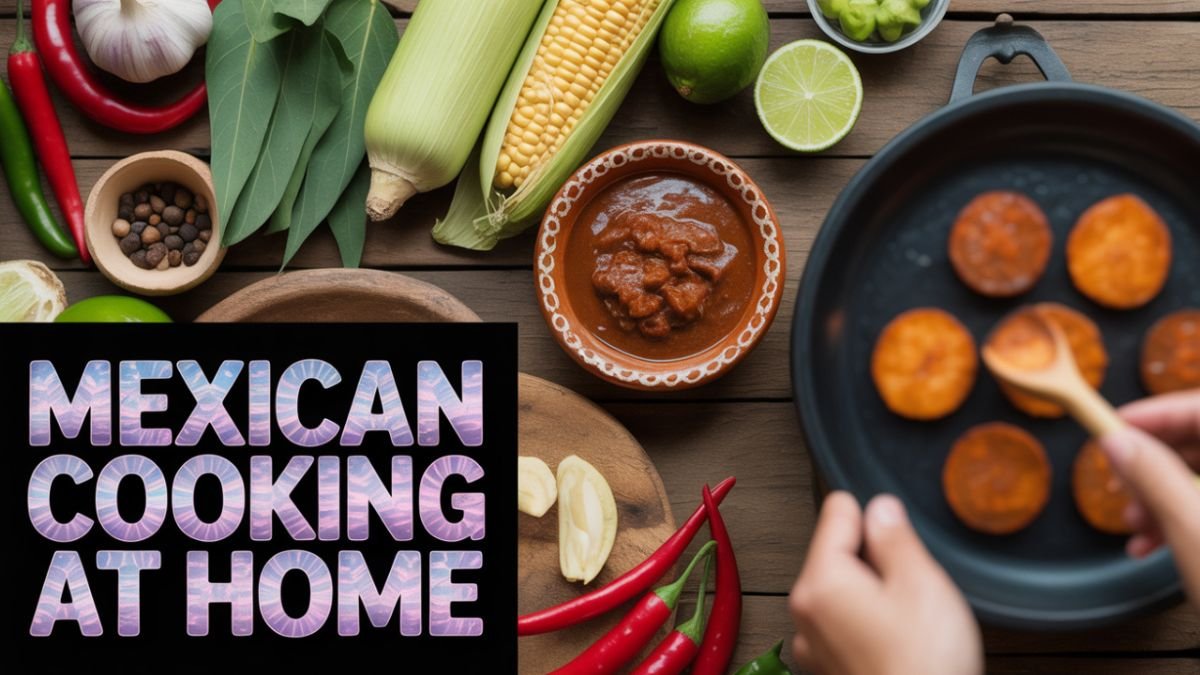There is a beverage, gifted by divine beings, which was formerly available only to a select class of people and from whose lineage a 9,000-year-old history can be traced. If this is unknown to you, let us introduce you to the Pulque, Mexico’s oldest fermented drink.Cholula
What pulque is
Pulque is a low-alcohol drink made from the sap of the agave plant. It is considered to be one of North America’s oldest fermented alcoholic beverages and is still manufactured and consumed in some regions of Mexico using traditional methods. It tastes a little like beer while being thick and white like milk.
Full of spirituality and medicinal properties
It is believed that the agave plant has been in use for the last 9,000 years, which implies that pulque could have come into being more or less at the same time. It was popularly said back in the age of the Aztecs that pulque was a gift from divine forces to humankind by their goddess Mayahuel of the moon, fertility, and nourishment.
At that time, fermentation was thought of as a divine process; the reasoning was that the more the person drank pulque, the farther their soul could travel throughout the world.
Only the elite were allowed to have this drink
In pre-Columbian Mexico, pulque was preserved for the upper classes, the elderly, pregnant women, and the sick. Its medicinal properties were quite revered so much so that it was said to treat anything from fever to irritability to weakness. Even today, many indigenous communities in Mexico deem it to be a sacred and healing drink.
When Europeans discovered its taste
Pulque was relished by the European colonizers when on tasting, and they planned to take it back to Spain. However, traditional pulque spoils quickly, hence the reason it couldn’t be transported for long sea voyages. This is thought to be the reason behind the introduction of the distillation process that subsequently gave birth to liquors called-tequila and-mezcal.
Agave-What is this plant?
Many people think of Agave as a cactus, but it is, in reality, a succulent plant just like Aloe Vera, with thick and pointed leaves. After the age of ten to twelve years, this plant sends out a long stalk from its center. This long stalk can reach a height of twenty feet. The stalk is then cut, and a pit is made from which the juice- Aguamiel is collected.
From one Agave plant, juice may be harvested for six months at an average of one-third gallon daily.
Pulquezo-a beer hybrid with pulque
Fray Diego Duran’s 16th-century documents allude to Aztecs who made pulque from agave mixed with malted barley and a bitter herb called ocpactli. It tasted like European hops and was said to impart antimicrobial qualities.
The recipe for Pulquezo goes thus:
- 4 lb. liquid malt extract
- 4 lb. agave nectar
- 1 lb. carapils malt
- 2 oz. Cascade hops
Desired mixture to be boiled to about 160 degrees F for about 30 minutes, then cooled and fermented with yeast.
How is traditional pulque made?
Upon harvesting the aguamiel, the natural yeasts are activated, and a special bacteria class called Zymomona mobilis. It is placed in a big jar, wherein little amounts of pre-fermented pulque are added to kick-start the new fermentation.
The process lasts for about 12 to 20 hours, and fresh pulque should be drunk immediately, for it has a very little shelf life.
Taste and serving traditions of pulque
Pulque is milky white, fruity, a little sour, and a bit thick. It is sold by the streets of Mexican towns at pulque stalls or traditional bars. It would become that sour in about seven days that it could not be consumed.
How about if you are not in Mexico?
Although traditional pulque would be very hard to drink for anyone living in India or anywhere else in the world, agave nectar is readily available in supermarkets-there especially at the baking section close to the honey. A pulque-like drink could be made at home by using a California ale or wine yeast, although it is in no way close to the traditional taste.
Is pulque made with fruits?
Some people like drinking pulque by adding mashed fruits-like pineapple or guava-but this does not fall into a traditional pulque category. True pulque is freshly made and fermented straight from the aguamiel.
Conclusion
Pulque is not just a drink; it a living symbol of Mexican culture, history, and spirituality. It has ancient roots in deities, and it is still consumed today as an experience. Make sure that this historical drink finds its way into your lips whenever you visit-Mexico; every sip embodies the thousand-year-old secret, a tradition entwined with flavor.
